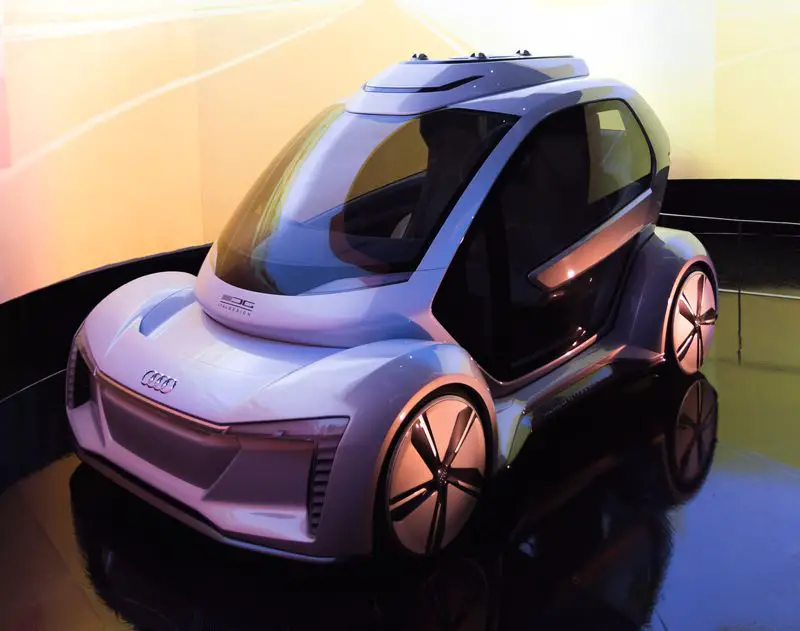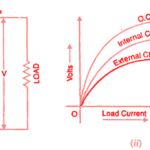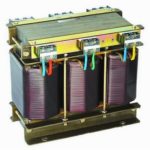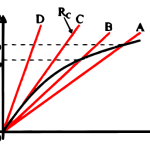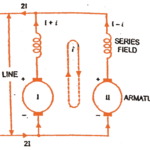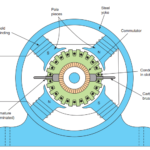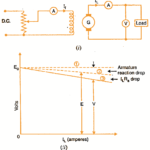In the ever-evolving world of automotive technology, innovations have continually shaped the way vehicles operate and function. One significant development that transformed the electrical systems of cars was the transition from generators to alternators. This shift marked a crucial advancement in vehicle electrification, offering several advantages over the traditional generator system. In this article, we will explore the reasons behind the transition from generators to alternators in automobiles.
- Efficiency and Power Generation:
One of the primary reasons for the switch from generators to alternators was the improvement in efficiency and power generation. Generators operate on a direct current (DC) system, which generates a constant level of electrical power. However, alternators utilize alternating current (AC) systems, which enable them to produce power more efficiently at varying speeds. This feature allows alternators to generate electricity at lower engine RPMs, making them more fuel-efficient and better suited to modern cars’ diverse driving conditions. - Lighter and Compact Design:
Generators were bulky and heavy, taking up considerable space within the engine compartment. Alternators, on the other hand, are designed to be smaller and more compact, allowing automakers to optimize engine layouts and reduce weight. The reduction in weight not only improved fuel efficiency but also enhanced the overall performance and handling of vehicles. - Charging at Low RPMs:
One of the significant drawbacks of generators was their inability to produce sufficient power at low engine RPMs. As a result, they were inefficient in charging the car’s battery during idling or slow driving. Alternators addressed this issue by being capable of generating electricity even at low RPMs, ensuring a consistent charging rate and a more reliable power supply to the vehicle’s electrical components. - Longer Battery Life:
With generators, continuous charging at high RPMs could lead to overcharging of the battery, causing damage and reducing its lifespan. Alternators, with their smarter and more regulated charging system, provided a more balanced charging rate, which prolonged the life of the battery. This improvement not only reduced maintenance costs for car owners but also ensured a more dependable electrical system. - Increased Electrical Demand:
As automotive technology advanced, the electrical demands of vehicles grew significantly. Innovations such as air conditioning, power windows, advanced audio systems, and sophisticated electronic components required a more robust and efficient electrical supply. Alternators could meet these increased demands more effectively than generators, ensuring that modern cars could accommodate the expanding array of electrical accessories. - Diagnostics and Safety:
Alternators incorporated built-in voltage regulators that helped monitor and control the output voltage. This feature allowed for more effective diagnostic capabilities, making it easier for mechanics to identify and address electrical issues. Additionally, alternators had safety mechanisms to protect against short circuits and overloading, enhancing the overall safety of the vehicle. - Industry Standardization:
As the automotive industry evolved, the adoption of alternators became more standardized across manufacturers. The use of a common electrical system simplified production processes, making it easier for automakers to install and maintain electrical components across different vehicle models. This standardization also facilitated aftermarket repairs, as mechanics only needed to stock parts for a single type of alternator.
In conclusion, the shift from generators to alternators in cars was driven by a desire for increased efficiency, compactness, and reliability. Alternators provided a more sophisticated electrical system, capable of meeting the demands of modern vehicles while enhancing overall performance and fuel efficiency. The transition marked a significant milestone in automotive electrification, shaping the way vehicles operate to this day.
